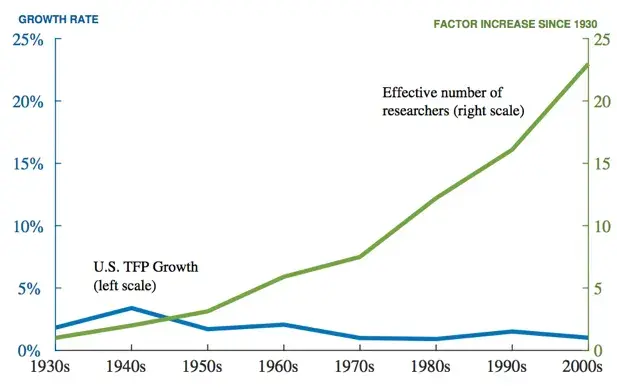- Michael Allison, CFA

- 10 hours ago
- 2 min read
By Michael Allison, CFA
Investors are well aware of the dramatic outperformance of U.S. equities as compared to the rest of the world over the last decade and a half.
There were a number of drivers of these outstanding relative returns:
Strong earnings growth amongst the largest tech companies - the so-called Mag7 stocks in particular
Of late, an AI-driven semiconductor super-cycle, led by Nvidia
Stronger GDP growth in the U.S. compared to the rest of the developed world
Up until 2022, historic levels of monetary stimulus coming out of the Great Financial Crisis
During and since the COVID pandemic, never before seen levels of fiscal stimulus with multiple multi-trillion dollar spending packages coming from the federal government.
However, this week’s Chart posits an interesting take on recent U.S. equity outperformance, which accelerated significantly since 2020.
What if our foreign trading partners actually did begin losing faith in holding their trade deficit sourced dollars in the form of U.S. Treasuries? What if they did trust their dollars to the Mag7 over the U.S. Government? 🤔
It’s important to remember that this dynamic pre-dates by several years, the current tariff related “capital flight” concerns.
What’s interesting to contemplate is the possibility of the tariffs currently being discussed/negotiated having the effect of decreasing the U.S. overall trade deficit, and therefore the need to recycle excess dollars into U.S. Treasuries, or U.S. bonds, or U.S. equities.
What does this mean from a global asset allocation perspective? If the U.S. decreases the level of dollars being pushed out into the global financial system, does that make U.S. assets more attractive, or less?
With so many moving parts at work, it’s hard to make sense of it all.
Which leads one to consider the great equalizer. Valuation. The 12 month forward P/E multiple on the S&P 500 currently stands at 20.5x, as compared to 13.2x for the EAFE Index - even after the strong year to date performance of non-U.S. stocks. (Source: Factset). All else equal, that’s a decent margin of safety - relatively speaking at least.
Interested in reading more of Mike's weekly newsletters? Click below to view The Sunday Drive.






Komentar